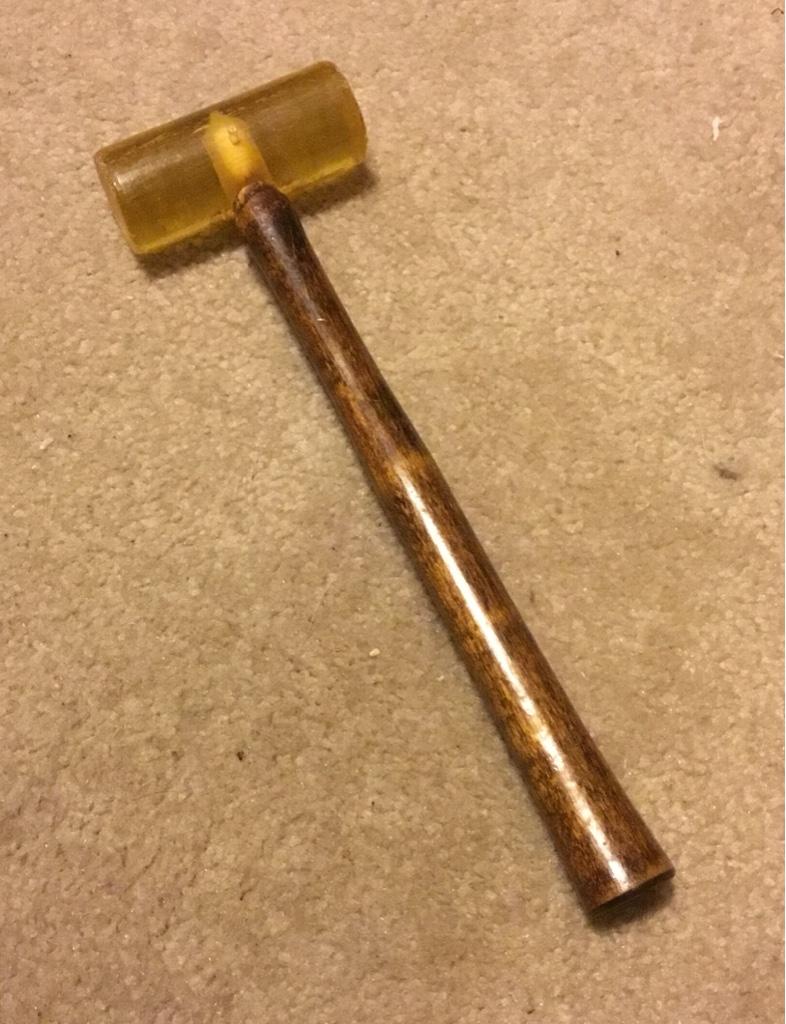- Thread starter
- #21
They make primer pocket cleaning tools that will remove most of the primer residue, but the pins in the wet tumble take care of that for you. Dry media doesn't do that consistently, but does reduce it. But you have to deprime first for either to work. To me it's a waste of time to clean the cases without depriming first. YMMV. This is most important if you clean the primer pocket by hand with some kind of twist tool. Now if you have a powered version, such as the Lyman case prep station that I have yet to use, that is a different issue.



 Yeah... I wear out brass pretty quick!
Yeah... I wear out brass pretty quick!



